Serious chocolate lovers will adore black velvet cupcakes. These ultra-rich and fudgy chocolate cupcakes get their deep dark hue from black cocoa powder—no black food coloring needed. Just like with red velvet cupcakes, buttermilk and vinegar help create a velvety, tender texture that’s as soft as a kitten… making these the purr-fect choice for Halloween black cat cupcakes! 😉

Today’s black velvet cupcakes are as stunning as they are delicious. The jet-black color makes them perfect for Halloween (or any occasion that calls for something dramatic!). The flavor is deep, smooth, and sophisticated… think Oreo meets velvet cake. You can keep things simple with a swirl of black cocoa chocolate buttercream, or have some fun turning them into black cat cupcakes with some candies and sprinkles.
Why Black Velvet Will Be Your New Favorite Cupcake Flavor:
- Rich, fudgy, ultra-smooth chocolate flavor
- No mixer required for the batter
- Soft, tender, velvety texture
- No food coloring needed
- Fits right in with these Halloween recipes
- Cat cupcakes! Need I say more?

What is Black Cocoa Powder?
Black cocoa, I learned, is made from cocoa beans that have been heavily alkalized— even more than regular Dutch-process cocoa. Dutch-process cocoa is washed in an alkaline solution to neutralize acidity, giving it a darker color and smoother flavor (think Oreo cookies).
Black cocoa takes this one step further. It’s ultra-Dutched, resulting in an intense black color, mellow chocolate flavor, and very low acidity. Because it’s not acidic, it doesn’t react with baking soda the same way natural cocoa does, so it’s usually paired with baking powder instead.
In this recipe, we use a precise mix of black cocoa, baking soda, baking powder, vinegar, and buttermilk. These acids and bases balance each other perfectly for a soft, velvety crumb and deep chocolate flavor. I don’t recommend any substitutions, as altering the recipe will not produce the same desired result. (And we don’t want to waste your time, effort, ingredients, and money!)
If you’d like to learn more, here’s more information on Dutch-Process vs. Natural Cocoa Powder and Baking Soda vs. Baking Powder. Both pages explain the science behind why we use these ingredients in baking.
Key Ingredients You Need for Black Velvet Cupcakes:
In addition to the black cocoa powder, here is everything else you need:

The other power players here are the vinegar, buttermilk, oil, and hot coffee. Here’s a quick rundown on why each one is so important:
- Vinegar: Vinegar (an acid) is added to red velvet cake to create a chemical reaction with baking soda (a base) that produces carbon dioxide bubbles. These gas bubbles expand as the cake bakes, creating a fluffy crumb that’s light, airy, and “velvety” in texture. Same situation in today’s cupcakes.
- Buttermilk: The acidity from both the vinegar and buttermilk also interferes with gluten development, which has a tenderizing effect. We want our cupcakes to taste tender and moist, not tough and chewy. If you can’t find buttermilk in the grocery store, try this DIY buttermilk substitute.
- Oil: Cocoa powder is a very drying ingredient, so we need the moisture from oil (and buttermilk) to step in.
- Coffee: Hot liquid enhances the cocoa powder’s flavor. It also encourages it to bloom and dissolve appropriately. If you don’t drink coffee, you can use hot water. For deeper and richer flavor, though, use coffee—you can’t taste it. (And decaf coffee works!) You use it in this chocolate cake recipe, too.
Now Let’s Bake Some Cupcakes!
Making the cupcake batter is as simple as whisking together the dry ingredients, whisking together the wet ingredients, and then combining the two.
Expect a thin batter: Cocoa powder takes the place of some flour, so that’s why there is so little flour in today’s batter. The batter is very thin, so I recommend using a bowl with a pour spout, so you can easily pour the batter into the cupcake liners.

Success tip: Fill your cupcake liners only 2/3 to 3/4 full. Trust me, you don’t want to fill them any higher, or they will overflow and sink in the center. This recipe makes 14 or 15 cupcakes, so line a second muffin pan with 2 or 3 additional liners, or bake in batches.

Black Chocolate Buttercream Frosting
This frosting is just like my favorite chocolate buttercream, but black cocoa gives it an extra-dark color and a smooth, Oreo-like chocolate flavor. We found that the black cocoa buttercream benefitted from a touch more heavy cream to smooth out properly, and that recipe is below.
You can pipe it on your cooled cupcakes, or simply spread it with a knife. And if you’re turning them into black cats, see below. 😉

How to Decorate Black Cat Cupcakes
We used a large open star tip, Ateco 826, for the pictured cupcakes. A smaller version that produces a similar look is Wilton 1M. (Any open star tip works, though!) After piping the frosting, we sprinkled black sanding sugar on top for a hint of shimmer and a “furry” texture.
For the cat’s features, you need a few simple candies and sprinkles.
- Ears: Use a sharp knife to cut 2 rectangle pieces of a Hershey chocolate bar into 2 triangles.
- Eyes: Use yellow Reese’s Pieces. To make the pupils, transfer a small amount of the black chocolate frosting into a small bowl, and whisk in a little water to thin it out slightly. Then use a toothpick to “paint” skinny lines on the Reese’s Pieces.
- Nose & Whiskers: Pick up a sprinkle mix like this. Use the large orange ball sprinkle for the nose and the long orange jimmies/strands for the whiskers. Tweezers make placement easy.
It’s such a fun, approachable way to turn chocolate cupcakes into adorable black cats. Perfect for Halloween and easy enough for beginners:


Description
These ultra-rich and fudgy black velvet cupcakes get their deep dark hue from black cocoa powder—no black food coloring needed. Just like with red velvet cupcakes, buttermilk and vinegar help create a velvety, tender texture that’s as soft as a kitten… making these the purr-fect choice for Halloween black cat cupcakes!
Cupcakes
- 1 cup (125g) all-purpose flour (spooned & leveled)
- 1/2 cup (42g) black cocoa powder (a dark, Dutch-process cocoa)*
- 1/2 teaspoon baking powder
- 1/2 teaspoon baking soda
- 1/2 teaspoon salt
- 1 cup (200g) granulated sugar
- 1/2 cup (120g/ml) buttermilk*, at room temperature
- 1/3 cup (75g/80ml) vegetable oil
- 1 large egg, at room temperature
- 1 teaspoon pure vanilla extract
- 1/2 teaspoon distilled white vinegar
- 1/2 cup (120g/ml) hot coffee* (decaf is fine) or hot water
Frosting
- 1 cup (16 Tbsp; 226g) unsalted butter, softened to room temperature
- 3 and 1/2 cups (420g) confectioners’ sugar
- 1/2 cup (42g) black cocoa powder (a dark, Dutch-process cocoa)*
- 4–5 Tablespoons (60–75g/ml) heavy cream or milk, at room temperature
- 2 teaspoons pure vanilla extract
- 1/8 teaspoon salt
Cook Mode Prevent your screen from going dark
- Make the cupcakes: Preheat the oven to 350°F (177°C). Line a 12-count muffin pan with cupcake liners. This recipe yields 14–15 cupcakes, so line a second muffin pan with 2 or 3 more liners (or bake in batches).
- In a medium bowl, whisk together the flour, cocoa powder, baking powder, baking soda, and salt. Set aside.
- In a large bowl, preferably with a pour spout, whisk together the sugar, buttermilk, oil, egg, vanilla, and vinegar until combined. Pour the dry ingredients into the wet ingredients, add the hot coffee, and whisk until the batter is completely combined. The batter will be thin.
- Pour the batter into the liners, filling only 2/3 to 3/4 full to avoid overflowing and sinking.
- Bake for 20–22 minutes, or until a toothpick inserted in the center comes out clean. Another way to test for doneness is to lightly press your finger into the surface of the warm cupcake. If the cupcake bounces back, they’re done. If your finger leaves an imprint, they need more bake time.
- Allow cupcakes to cool in the pan for 10–20 minutes, and then transfer to a cooling rack to cool completely before frosting.
- Make the frosting: With a handheld or stand mixer fitted with a paddle attachment, beat the butter on medium speed until creamy, about 2 minutes. Add confectioners’ sugar, cocoa powder, 1/4 cup (60g/ml) of the cream, vanilla, and salt. Beat on low speed for 30 seconds, then increase to high speed and beat for 1 full minute. If the frosting seems too thick, beat in another Tablespoon of cream.
- Frost cooled cupcakes and top with sprinkles, if desired. You can swipe the frosting on with an icing knife or use a piping tip such as Ateco 826. For cat cupcakes, see recipe Note.
- Store cupcakes at room temperature for up to 2 days or in the refrigerator for up to 4 days. I recommend a cupcake carrier for storing and transporting decorated cupcakes.
Notes
- Make Ahead Instructions: You can bake the cupcakes 1 day in advance. Keep cupcakes covered tightly at room temperature and frost the day of serving. Unfrosted cupcakes can be frozen for up to 2 months. Thaw overnight in the refrigerator and bring to room temperature before frosting and serving.
- Special Tools (affiliate links): 12-cup Muffin Pan | Cupcake Liners | Mixing Bowls with Pour Spout | Whisk | Cooling Rack | Electric Mixer (Handheld or Stand) | Piping Bag (Reusable or Disposable) | Ateco 826 Piping Tip or Wilton 1M Piping Tip | Cupcake Carrier
- Black Cocoa Powder: For the pictured cupcakes, I used this black cocoa powder. King Arthur also makes a black cocoa powder. If you can’t find it, you can use any Dutch-process cocoa powder, but the cupcakes and frosting won’t be as dark.
- Buttermilk: Buttermilk is required for this recipe. You can make your own DIY buttermilk substitute if needed. Add 1 teaspoon of white vinegar or lemon juice to a liquid measuring cup. Then add enough whole milk to the same measuring cup until it reaches 1/2 cup. (In a pinch, lower-fat or nondairy milks can work for this soured milk, but the cupcakes won’t taste as moist or rich.) Stir it around and let sit for 5 minutes. The homemade “buttermilk” will be somewhat curdled and ready to use in the recipe.
- Hot Coffee: Hot liquid enhances the cocoa powder’s flavor. It also encourages it to bloom and dissolve appropriately. I promise these cupcakes don’t taste like coffee at all! If you don’t drink coffee, you can use hot water. For deeper and richer flavor, though, use coffee (regular or decaf, but make sure it’s black with no sugar or cream). You can either brew it in a coffee maker or make instant coffee.
- Mini Cupcakes: Fill mini liners only halfway and bake for 10–12 minutes at 350°F (177°C). Yields about 3 dozen.
- Why Room Temperature? All refrigerated items should be at room temperature so the batter mixes together easily and evenly.
- More Success Tips: Be sure to check out my How to Use Piping Tips post for instructions on how to fill a piping bag, and you can also read my 10 Tips for Baking the BEST Cupcakes.
- Black Cat Cupcakes: To make black cat cupcakes, pipe frosting with a large open star tip (Ateco 826, Wilton 1M, or any open star tip), then sprinkle black sanding sugar on top for a touch of shimmer and a “furry” texture. For the ears, cut a Hershey’s chocolate bar into triangles and place 2 into each cupcake. For the eyes, use yellow Reese’s Pieces. Thin out a Tablespoon of the frosting with a couple drops of water in a small bowl and use a toothpick to “paint” thin vertical pupils onto each Reese’s Pieces. Place on the cat face under the ears. Finish with a large orange ball sprinkle for the nose and long orange jimmies for whiskers.

.jpeg)
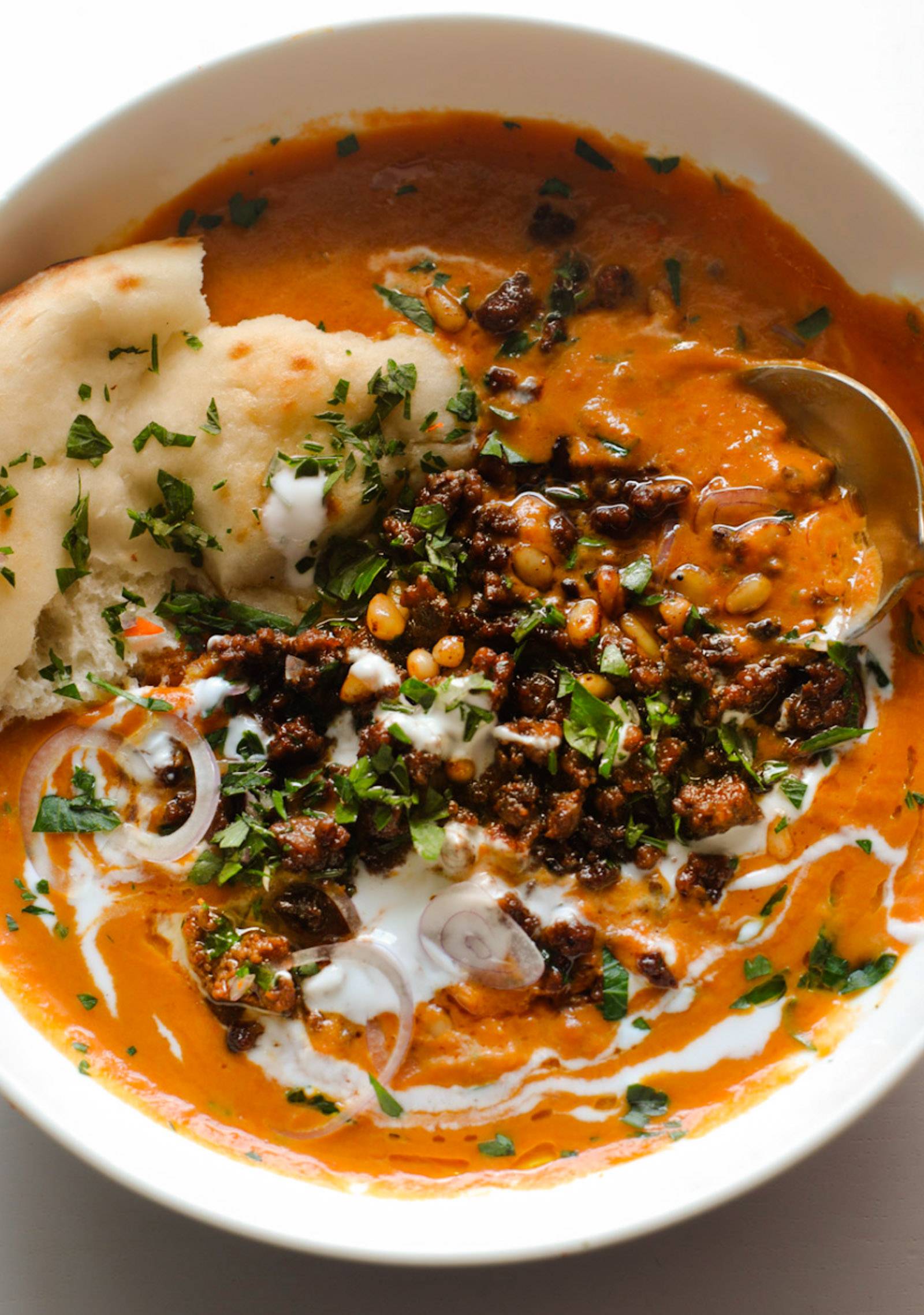


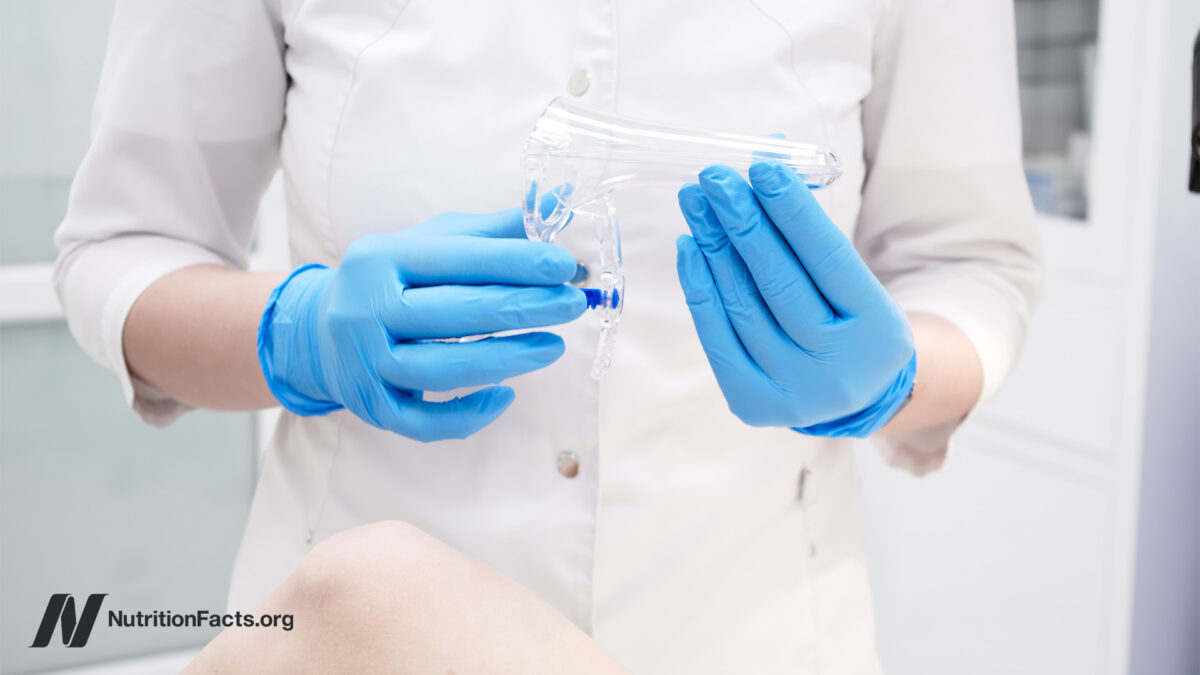
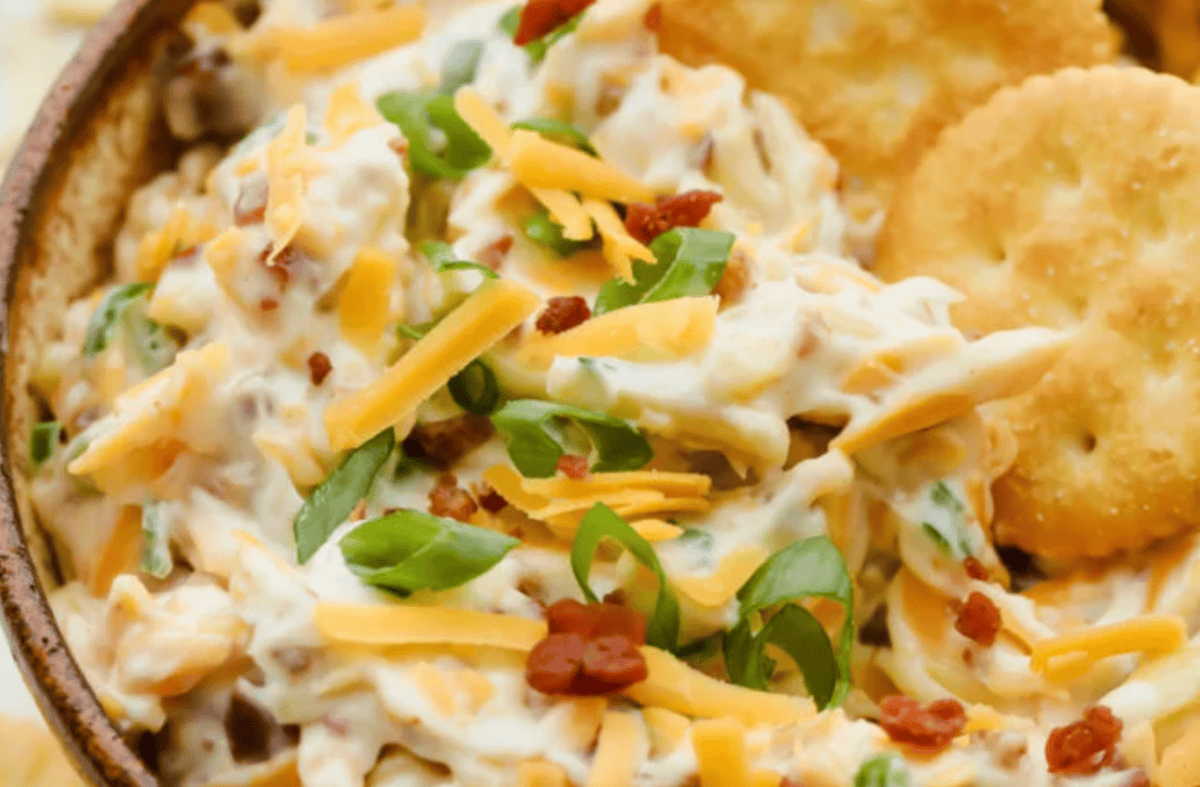


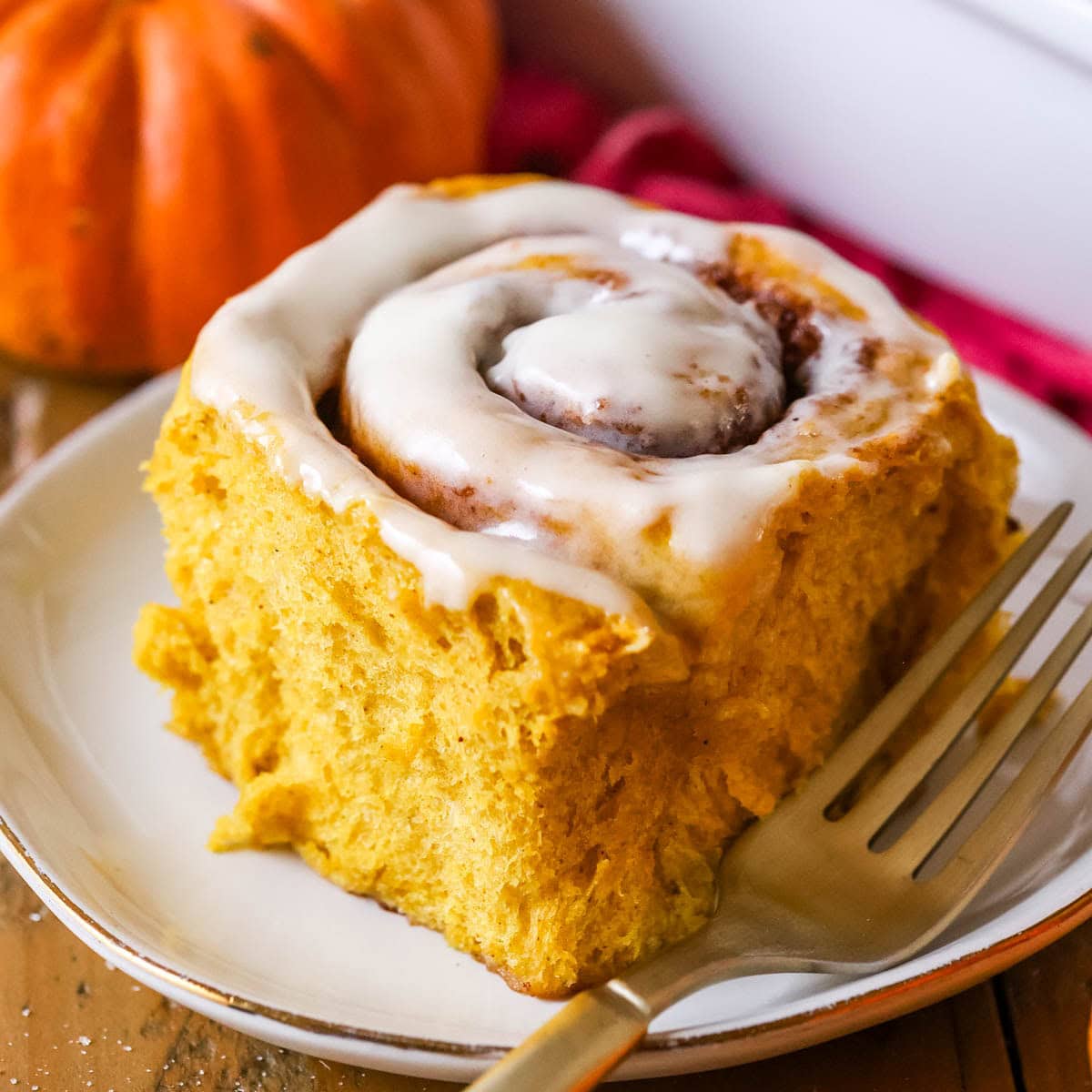
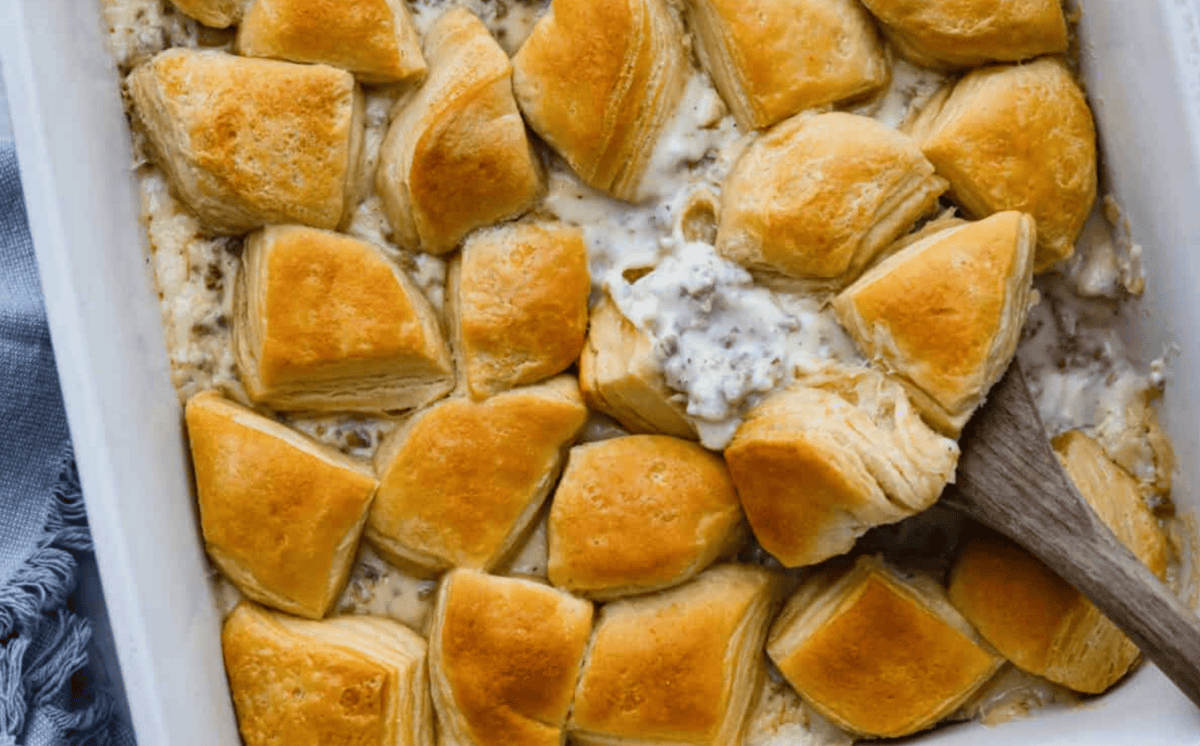


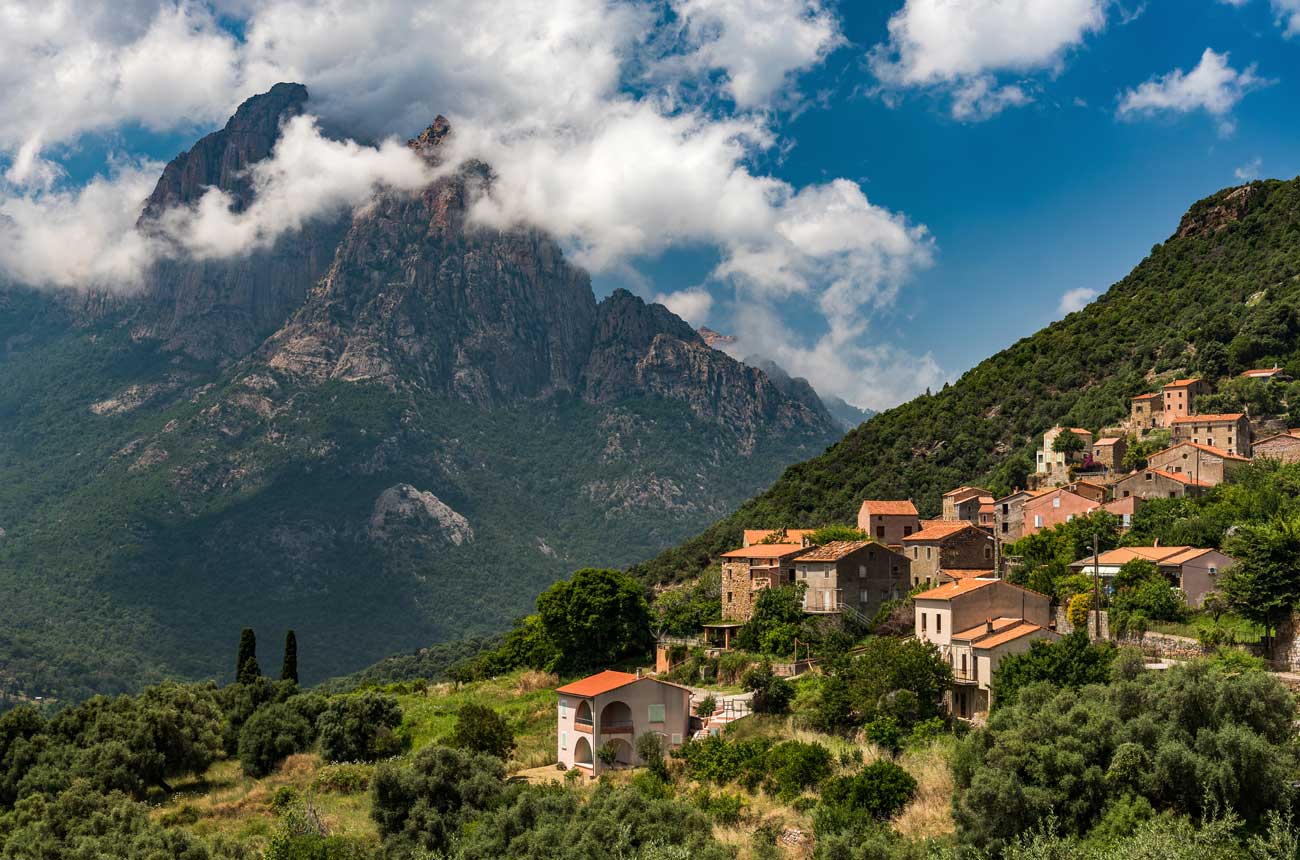



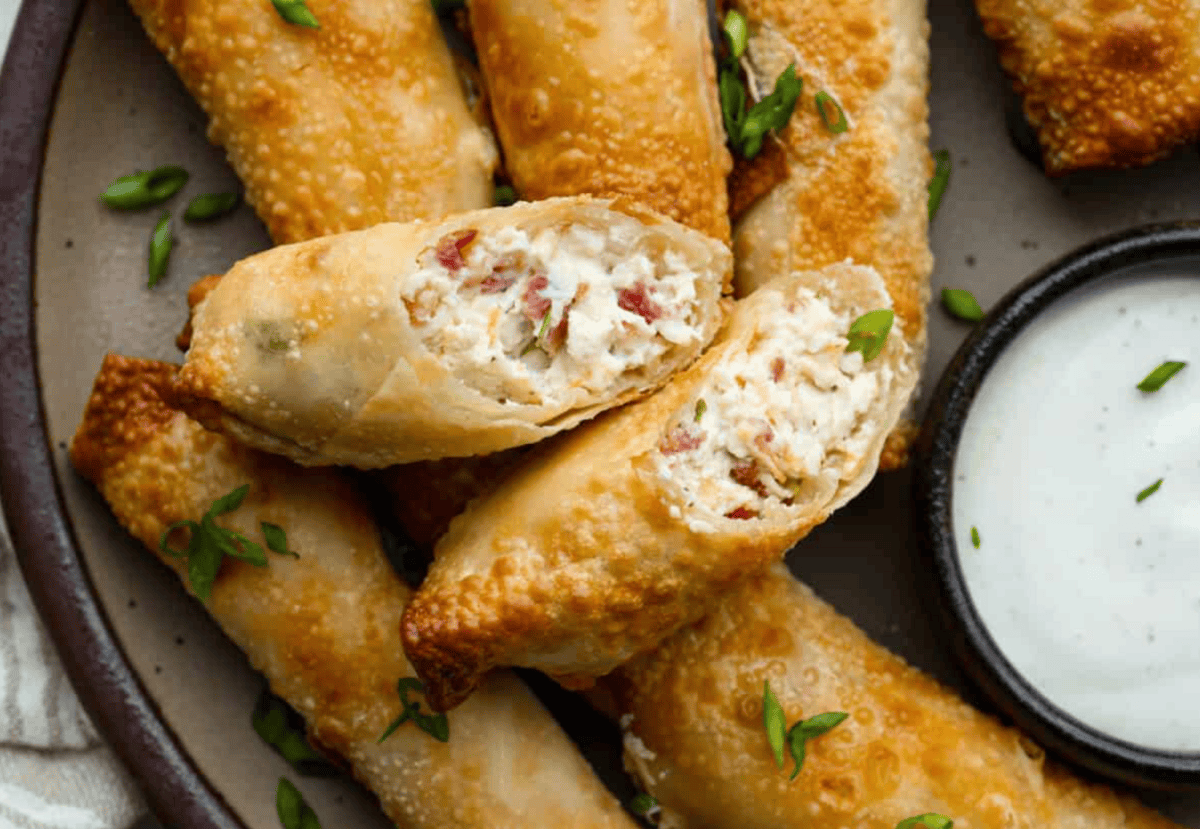




.jpeg)













 English (US) ·
English (US) ·